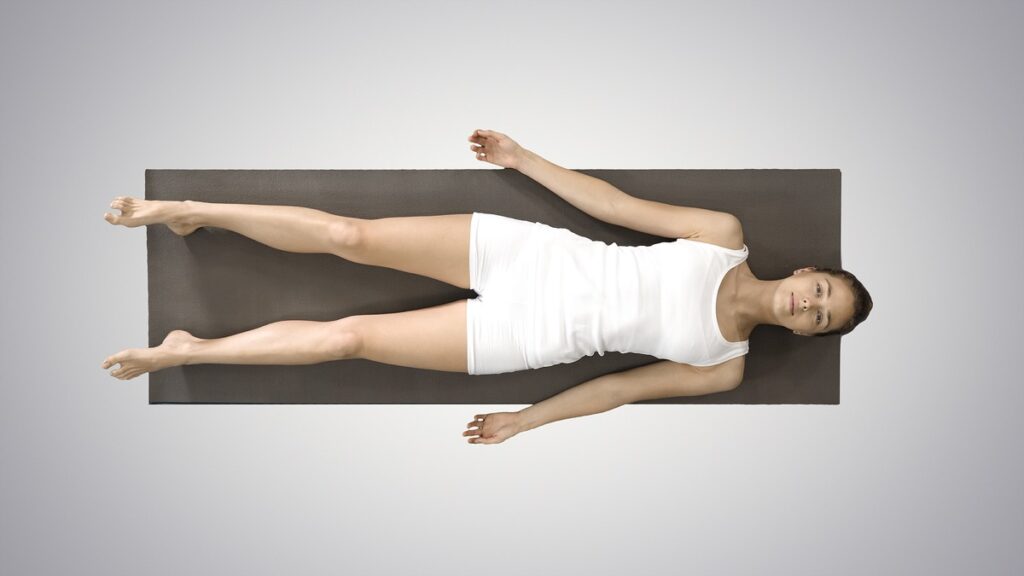Breathwork has become a widely practiced technique for improving physical, emotional, and mental well-being. But what exactly is breathwork, and why has it gained such popularity in recent years? This guide explores the foundations, benefits, and types of breathwork practices, providing you with everything you need to know to get started.
What is Breathwork?
At its core, breathwork refers to a variety of breathing techniques designed to improve mental, emotional, and physical health. By consciously controlling your breathing, you can influence the body’s systems and promote relaxation, healing, and even spiritual awareness.
Historically, breathwork has roots in ancient practices, especially within yoga and meditation traditions like pranayama. However, over the last few decades, modern forms of breathwork such as Holotropic Breathwork and the Wim Hof Method have emerged, blending ancient wisdom with contemporary therapeutic insights.
What types of breathwork are there?
There are many different styles of breathwork, each offering unique benefits. Here’s a closer look at the most popular practices:
1. Holotropic Breathwork
Developed by Stanislav Grof in the 1970s, Holotropic Breathwork involves deep, fast breathing paired with evocative music. This type of breathwork is used to access non-ordinary states of consciousness, which can lead to emotional healing and spiritual insights. Many people report that it helps them release past traumas and connect with deeper aspects of themselves.
2. Pranayama
Pranayama comes from ancient yoga practices and focuses on controlling the breath to channel life force energy, or “prana.” Techniques like Nadi Shodhana (alternate nostril breathing) or Kapalabhati (breath of fire) are widely practiced for stress relief, increased focus, and energy enhancement.
3. Rebirthing Breathwork
Rebirthing Breathwork, pioneered by Leonard Orr, is a form of connected breathing designed to release suppressed emotions. The practice is often used in trauma healing and personal development, as it’s believed to help people access and resolve subconscious emotional blocks.
4. Wim Hof Method
Popularized by “The Iceman” Wim Hof, this method combines cold exposure with controlled hyperventilation techniques. By following this specific breathing pattern, practitioners experience increased endurance, improved immune function, and reduced stress levels.
5. Shamanic Breathwork
Shamanic Breathwork involves rhythmic breathing to access altered states of consciousness. Often used in spiritual contexts, this technique is believed to help individuals tap into higher guidance, release emotional pain, and connect with inner wisdom.
6. Other Popular Techniques
- Box Breathing: A simple technique that involves breathing in, holding the breath, exhaling, and holding again for equal counts. It’s widely used in mindfulness and stress management.
- 4-7-8 Breathing: Inhale for 4 counts, hold for 7, and exhale for 8. This technique promotes relaxation and is commonly used for anxiety and insomnia.
What are the Benefits of Breathwork
Breathwork offers a range of benefits, impacting not only mental health but also physical and emotional well-being.
1. Mental Health Benefits
- Stress Relief: One of the most immediate effects of breathwork is reduced stress. Controlled breathing stimulates the parasympathetic nervous system, helping to calm the body and mind.
- Anxiety Reduction: Breathwork helps regulate the nervous system, making it a powerful tool for managing anxiety.
- Trauma Healing: Deep breathwork techniques can help release stored trauma, offering therapeutic emotional release.
2. Physical Health Benefits
- Improved Lung Capacity: Consistent breathwork practices expand lung capacity, leading to better oxygenation of the body.
- Boosted Immune System: Techniques like the Wim Hof Method have been shown to enhance immune response by increasing oxygen levels and reducing inflammation.
- Detoxification: Deep breathing helps to remove toxins from the body, improving overall energy and vitality.
3. Emotional and Spiritual Benefits
- Emotional Release: Many forms of breathwork help release pent-up emotions and past traumas, offering a pathway to emotional freedom.
- Heightened Self-Awareness: By focusing on breath, individuals often experience greater mindfulness and self-awareness, leading to personal growth.
- Spiritual Connection: Breathwork practices like Holotropic and Shamanic Breathwork allow participants to explore altered states of consciousness, deepening their spiritual connection.
What Disorders Can Breathwork Help With?
Breath work can help manage a variety of disorders, including anxiety, depression, PTSD, sleep issues, chronic pain, and respiratory problems. By consciously controlling your breath, you can reduce stress, calm the nervous system, improve focus, and support emotional balance, making it a versatile tool for holistic well-being. Read more.
How Does Breathwork Work?
The science behind breathwork is rooted in its ability to directly impact the autonomic nervous system. By adjusting how we breathe, we can shift the body from a state of stress (sympathetic nervous system) to a state of relaxation (parasympathetic nervous system). This shift affects everything from heart rate and blood pressure to emotional regulation and cognitive clarity.
When we breathe deeply, we flood the body with oxygen and increase carbon dioxide removal, which enhances physical and mental performance. The rhythmic nature of breathwork can also bring on altered states of consciousness, similar to meditation, where deep healing and introspection occur.
How to Get Started With Breathwork
Ready to try breathwork? Here’s how to get started:
- Set Your Intentions: Begin by identifying why you want to practice breathwork. Are you looking for stress relief, emotional healing, or a deeper spiritual experience?
- Create a Safe Space: Find a quiet, comfortable space where you won’t be interrupted. Ensure you feel secure and grounded before starting your session.
- Choose a Technique: Decide which breathwork method is right for you. For beginners, techniques like box breathing or pranayama are great starting points. More advanced users might explore Holotropic Breathwork or the Wim Hof Method.
- Follow the Rhythm: Focus on your breath’s rhythm, whether you are counting your inhales and exhales or following a guided practice. Consistency is key to experiencing breathwork’s full benefits.
- Reflect Afterwards: After the session, take time to process any emotions or sensations that arise. Journaling can be a helpful way to document your experience.
- Get Guided: Find a breathwork coach. If you want to become proficient as a breathwork practioner the fastest way is to find a coach that can work one on one with you or in a group settting.
Who Should Try Breathwork?
Breathwork is suitable for almost everyone, but certain groups may benefit the most:
- Individuals Seeking Stress Relief: If you’re looking to reduce everyday stress and improve mental clarity, breathwork can be an effective tool.
- Those Looking for Emotional Healing: People struggling with past traumas or blocked emotions may find breathwork transformative.
- Athletes: Breathwork can enhance lung capacity, endurance, and focus, making it popular among athletes.
However, breathwork may not be suitable for individuals with certain conditions. If you have a history of heart conditions, epilepsy, severe asthma, or are pregnant, it’s advisable to consult a healthcare provider before starting breathwork.
Common Misconceptions About Breathwork
Like any wellness practice, breathwork comes with its share of myths and misconceptions. Here are a few:
- “Breathwork is dangerous.” When practiced under guidance or with proper technique, breathwork is safe. However, people with certain health conditions should proceed with caution.
- “It’s too spiritual for me.” While some forms of breathwork focus on spiritual awakening, others are purely physiological and can benefit anyone, regardless of their beliefs.
- “Breathwork is only for yogis.” Breathwork is for everyone. Whether you’re an athlete, a busy professional, or someone seeking relaxation, there’s a technique that can suit your needs.


